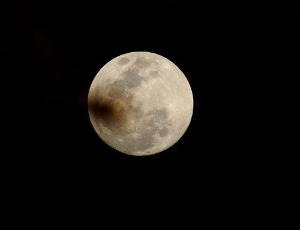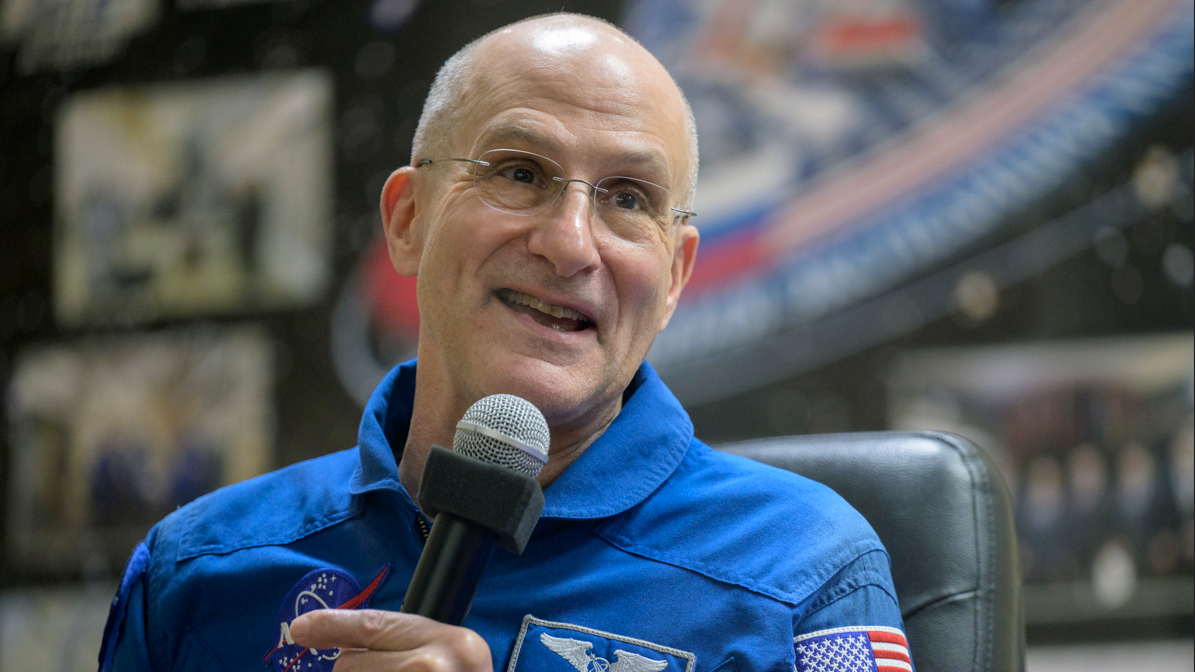NASA spacecraft finds neon gas in Moon's atmosphere
Tue 18 Aug 2015, 13:56:49

Washington: A NASA spacecraft has confirmed for the first time that the Moon's thin atmosphere contains neon, a gas commonly used in electric signs on Earth because of its intense glow.
"The presence of neon in the exosphere of the Moon has been a subject of speculation since the Apollo missions, but no credible detections were made," said Mehdi Benna of NASA's Goddard Space Flight Center in Greenbelt, Maryland and the University of Maryland, Baltimore County.
"We were very pleased to not only finally confirm its presence, but to show that it is relatively abundant," said Benna, lead author of a paper describing observations from Lunar Atmosphere and Dust Environment Explorer (LADEE)'s Neutral Mass Spectrometer (NMS) instrument published in Geophysical Research Letters.
There's not enough neon to make Moon visibly glow because the Moon's atmosphere is extremely tenuous, about 100 trillion times less dense than Earth's atmosphere at sea level. A dense atmosphere like Earth's is relatively rare in our solar system because an object has to be sufficiently massive to have enough gravity to hold onto it.
The behaviour of a dense atmosphere is driven by collisions between its atoms and molecules. However, the Moon's atmosphere is technically referred to as an exosphere because it's so thin, its atoms rarely collide.
The LADEE NMS instrument has confirmed that the Moon's exosphere is made up of
mostly helium, argon, and neon. Their relative abundance is dependent on the time of day on the Moon - argon peaks at sunrise, with neon at 4 am and helium at 1 am.
mostly helium, argon, and neon. Their relative abundance is dependent on the time of day on the Moon - argon peaks at sunrise, with neon at 4 am and helium at 1 am.
The instrument conducted systematic measurements of these gases for seven months, which allowed the team to understand how these gases are supplied to the exosphere, and how they are ultimately lost.
While most of the lunar exosphere comes from the solar wind, NMS showed that some gas comes from lunar rocks. Argon-40 results from the decay of naturally occurring radioactive potassium-40, found in the rocks of all the terrestrial planets as a leftover from their formation.
"We were also surprised to find that argon-40 creates a local bulge above an unusual part of the Moon's surface, the region containing Mare Imbrium and Oceanus Procellarum," said Benna.
Although the reason for this local enhancement is not yet understood, "One could not help to notice that this region happens to be the place where potassium-40 is most abundant on the surface. So there may be a connection between the atmospheric argon, the surface potassium and deep interior sources," said Benna.
NMS also found an unexpected source of some of the helium in the lunar exosphere. "About 20 per cent of the helium is coming from the Moon itself, most likely as the result from the decay of radioactive thorium and uranium, also found in lunar rocks," said Benna.
No Comments For This Post, Be first to write a Comment.
Most viewed from Specials
Most viewed from World
AIMIM News
Latest Urdu News
Most Viewed
May 26, 2020
Do you think Canada-India relations will improve under New PM Mark Carney?
Latest Videos View All
Like Us
Home
About Us
Advertise With Us
All Polls
Epaper Archives
Privacy Policy
Contact Us
Download Etemaad App
© 2025 Etemaad Daily News, All Rights Reserved.










































